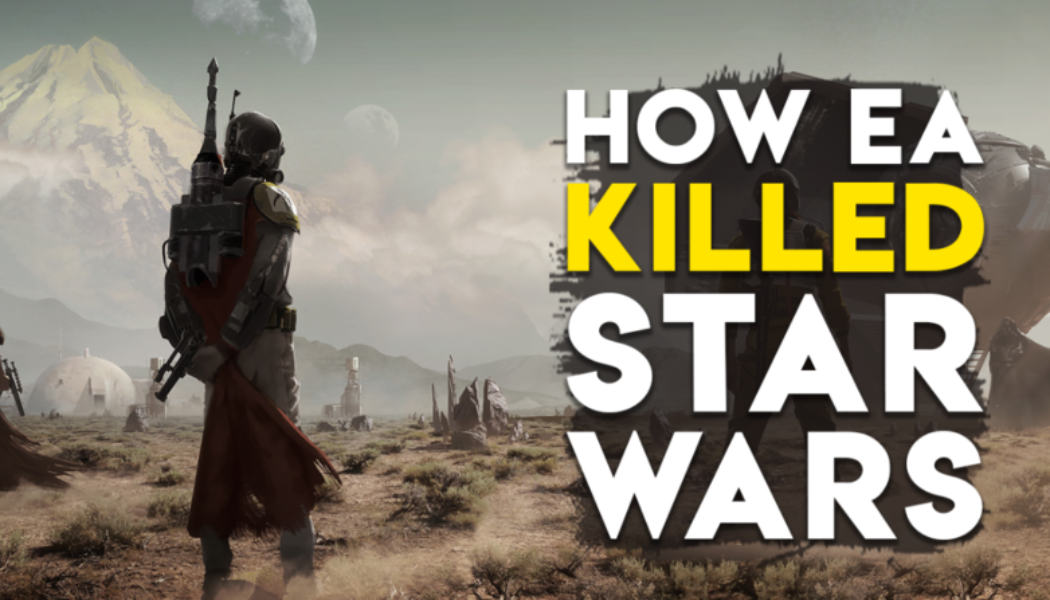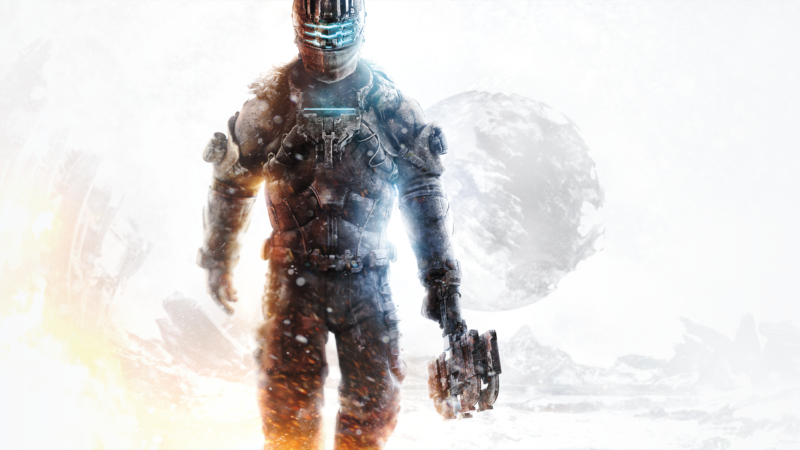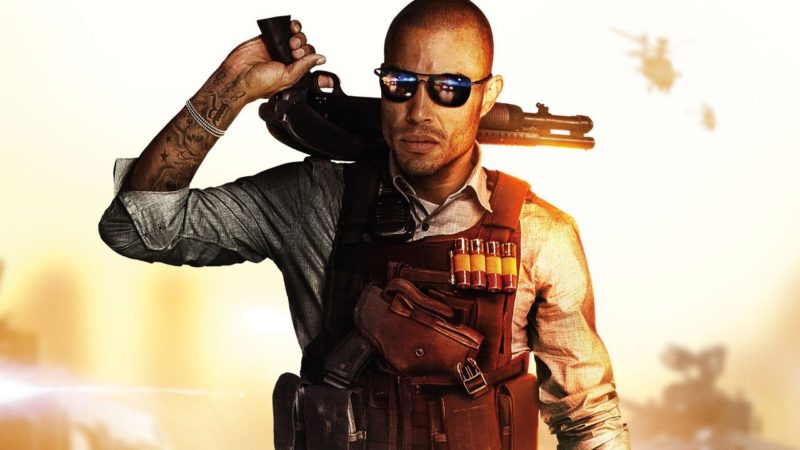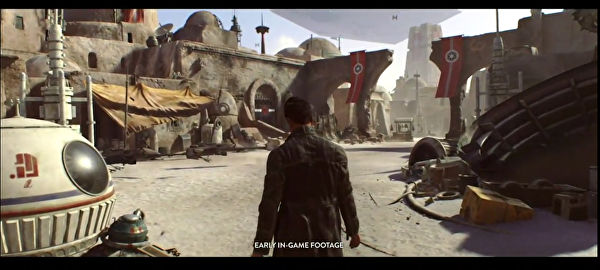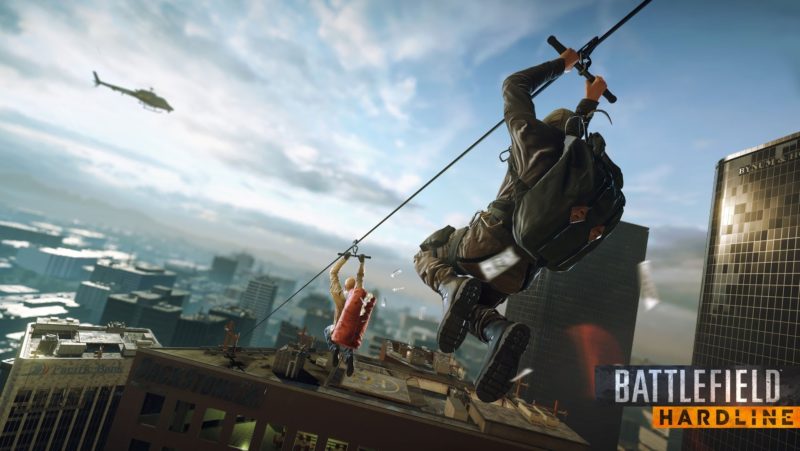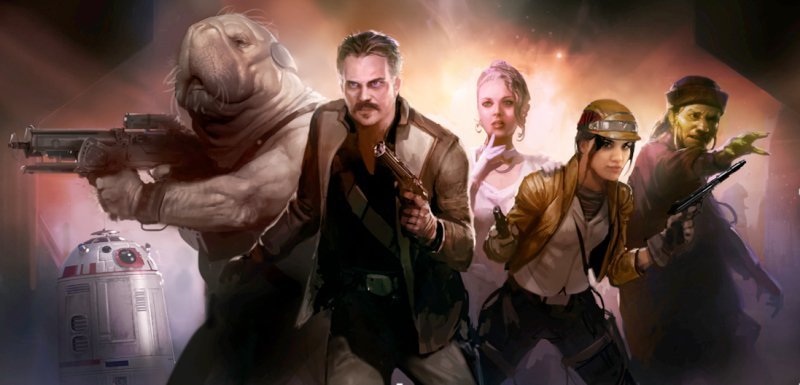The Star Wars game by the EA-owned Visceral studios appeared to be quite promising. The 15-second trailer revealed at E3 2016 had awed the fans across the globe (although it revealed nothing much more than a man on Tatooine).
It was a hard hit on fan’s heart when EA shut down the studio on 17 October 2017. But those who had worked for the studio found themselves unsurprised. In many people’s eyes, doom was inevitable.
There were layers of socio-economic clashes, both between the studio and the parent company EA and within the studio itself, that led to the downfall of the long-running studio.
If you wanted to pinpoint the exact moment that Visceral Games became doomed, you’d need to go back to the beginning of 2013. On February 5 of that year, Visceral released what would turn out to be its last Dead Space game, Dead Space 3. The third Dead Space disappointed many fans, and it was a commercial flop for EA, failing to hit the company’s lofty sales expectations.
It became clear then that EA no longer had much appetite to make expensive games that people would only play once. It should also be noticed that Visceral operated in the San Francisco Bay area, which was quite expensive as compared to EA’s other studios operational in Montreal and Vancouver. By those measures, each employ at Visceral could cost over $16,000 a month.
So Rather than allowing Visceral to make a fourth Dead Space, EA entrusted the studio with a new game in its huge Battlefield franchise, which was mainly popular because of its multiplayer component.
At the same time, the development on a linear action adventure Star Wars game begun. The game was supposed to be like that of Uncharted or Tomb Raider. The iconic writer and director Amy Hennig, who was best known for helming the first three Uncharted games joined the production of the game which was codenamed Ratbag.
In order to distinguish Ragtag from Uncharted, a point that EA’s executives felt strongly about, Hennig and her team came up with some lofty ideas for gameplay. You’d play as multiple members of the team, and each would have their own AI minds and abilities when you weren’t controlling them. There were no Jedi powers, but one big theme was “sabotage”—you’d be able to manipulate the environment to distract and divert enemies in non-violent ways.
Both Battlefield Hardline and project Ragtag had to be produced at the same time. The staff of around 80 people at Visceral was divided into two and a major proportion was allocated to the Hardline team, as it was a priority project assigned by EA.
On March 17, 2015, an exhausted team at Visceral Games finally shipped Battlefield Hardline. Then the company again split in two. Half of the staff went on to do the expansion packs for Battlefield Hardline, which had been mandated by EA, while the other half moved to Ragtag. This caused some friction, according to two people who worked on that Hardline downloadable content. One person said it felt like the Ragtag team were the “chosen ones.” Said a second: “It was made very clear that the development team MVPs were the ones creating Star Wars magic while we lowly mortals slaved away on Hardline DLC.”
Then there was the engine, Frostbite, which had never been used to make a third-person action-adventure game. In the video game world, an “engine” is a collection of code that is reused across games, often including basic, boring features like physics simulators, graphics renderers, and animation systems. For the past half-decade, EA has mandated that all of its studios use the Frostbite engine, which was designed by the EA studio DICE in Sweden to make Battlefield games.
Frostbite had been challenging enough for Visceral during Hardline’s development, and that was a Battlefield game. For Ragtag, Visceral would have to build key features from scratch.
The production of Ratbag was sluggish and it presumed many red-flags from EA, the parent company who allocated the funds. The friction caused by EA was a major contribution to the sluggish progress. Visceral was already lacking short on staff, and EA did not permit them to hire any more people. But in order to make an Uncharted-style game of the size and scope that EA wanted, Visceral would need many more developers.
By the middle of 2017, people who saw the game say it resembled Uncharted too much for EA’s liking. “The three levels we made for the 3.5 gate, every single one of those levels you could hold up a video of Uncharted beside it,” said one former Visceral employee, “and you could literally say, ‘OK, this part is like this part from Uncharted. This level is like this level from Uncharted.’”
The demos couldn’t impress EA executives
After nearly two decades, Visceral’s time in the video game industry was coming to an end. Amy Hennig’s project would be cancelled, too.
Register with us for the best in gaming, and join us for video game discussions on our forums.

